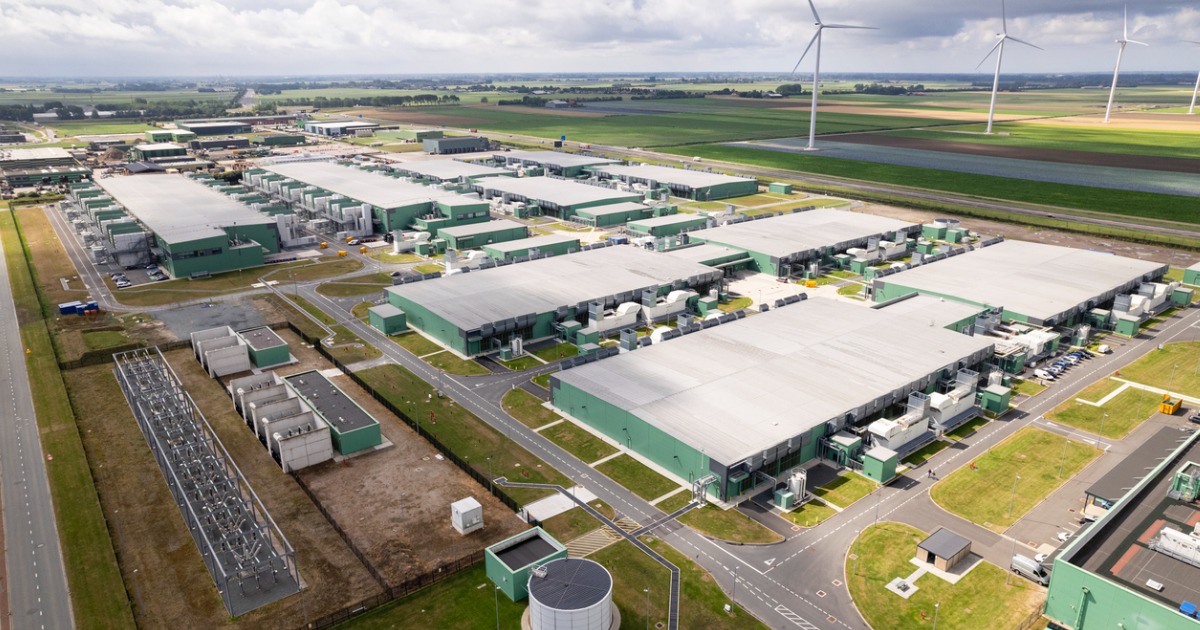Out-Law News 1 min. read
German Energy Efficiency Act poses new requirements for data centre construction and operation

20 Oct 2023, 12:05 pm
The Energy Efficiency Act (EnEfG), which was passed on 21 September, is aimed at reducing energy consumption in Germany. It sets out energy efficiency requirements for the construction and operation of data centres, among other matters.
“The law that has now been passed has undergone several changes in the course of the legislative process,” said Dr Benedikt Beierle, an expert in digital infrastructure at Pinsent Masons. “The original plans have been partially watered down, but also tightened up in certain respects. In particular, the requirement for new data centres to achieve a Power Usage Effectiveness (PUE) of 1.2, rather than the 1.3 originally planned, is likely to be a major challenge for many industry players.”
Another requirement, the obligation to validate or certify an Energy and Environmental Management System (Emas) for data centre operators, has been postponed from 2025 to 2026 and will now apply from a nominal connected load of 300 kilowatts instead of the original 200 kilowatts. However, the introduction of Emas will be mandatory from an annual energy consumption of 7.5 gigawatt hours. Under the government's draft, the threshold was twice as high.
“As a result, significantly more businesses will be faced with bureaucratic obligations,” said Dr Marc Salevic, also an expert in digital infrastructure at Pinsent Masons.
Another core element of the EnEfG is the treatment of waste heat generated during the operation of a data centre. In principle, companies are obliged to avoid and reduce the waste heat generated in their operations in accordance with the state of the art. However, this obligation is now limited to what is “possible and reasonable, considering technical, economic and operational considerations”. In addition, new data centres will have to use a certain percentage of their waste heat or make it available for heating networks.
Originally, the government's draft aimed to have data centres built close to – within 5km – of a heating network. This requirement has been softened in the final legislation. Instead, only the provision of a heat supply infrastructure, in particular a heat transfer station, “in the vicinity” of a heating network is required, without further specification. In addition, the requirements for the inlet temperatures for the air cooling of information technology, which were originally contained in the draft, were ultimately not included in the EnEfG.



